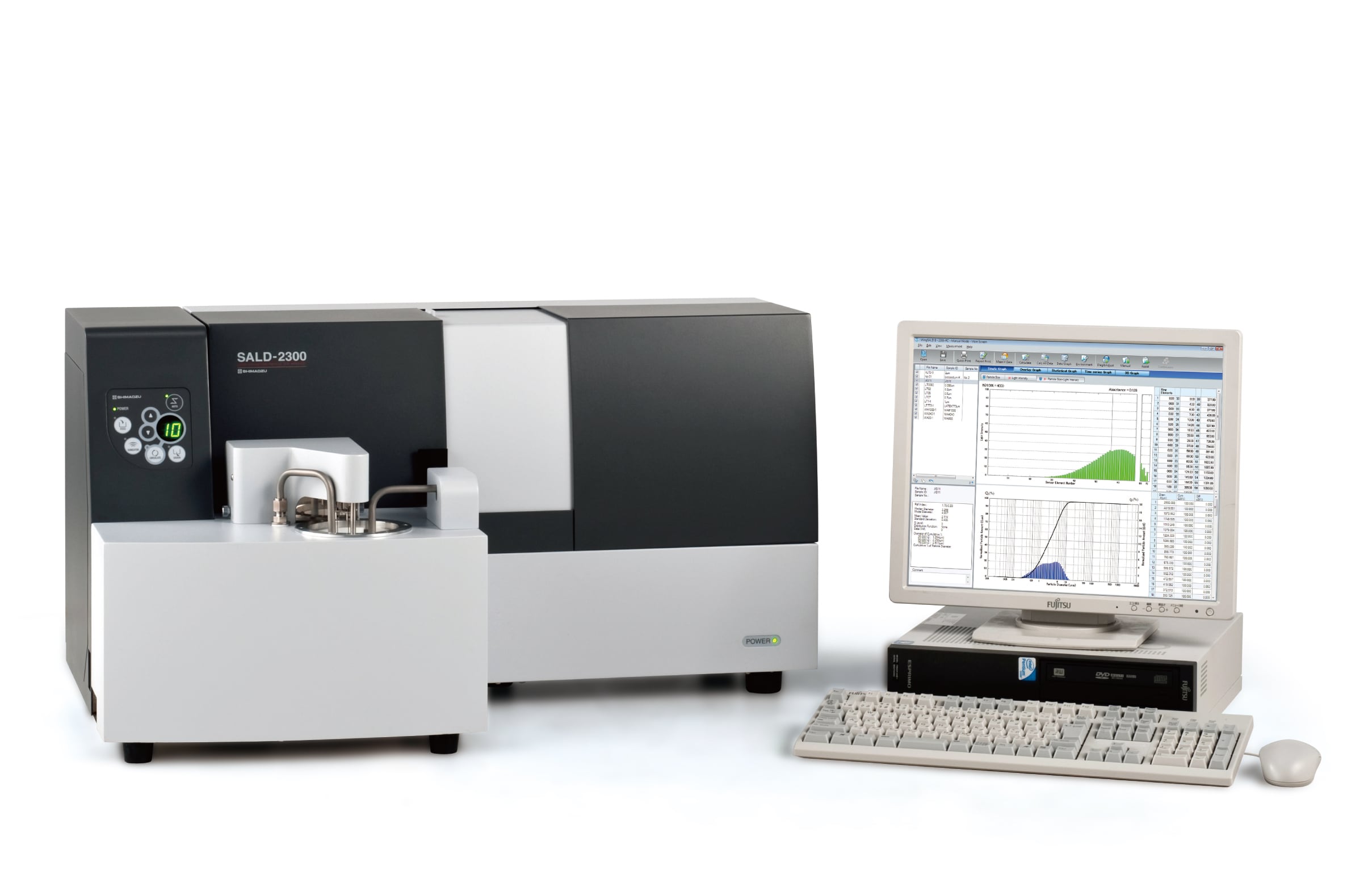
SALD-2300
- Particle properties (size distributions and shapes) can be easily evaluated to achieve battery performance targets or improve the quality of battery materials. - The SALD-2300 can quickly measure particle size distributions. - The iSpectDIA-10 can not only measure particle size distributions but also shape of particles, and you can make use of images of particles.
Lithium-ion batteries (LiB) are rechargeable batteries that are charged or discharged by transferring lithium ions between cathodes and anodes. Because they are now widely used in everything from smartphones to automobiles, they are the subject of active research aimed at improving their capacity, service life, cost, and safety. The main components used in these batteries are cathodes, anodes, separators, and electrolyte solutions. Some battery materials can affect battery performance due to their particle properties (such as size distribution, shapes, density, specific surface area, and pore distribution), so their respective property values need to be optimized. This article describes an example of evaluating anode materials using a laser diffraction particle size analyzer and a dynamic particle image analysis system.
April 16, 2024 GMT
Some products may be updated to newer models